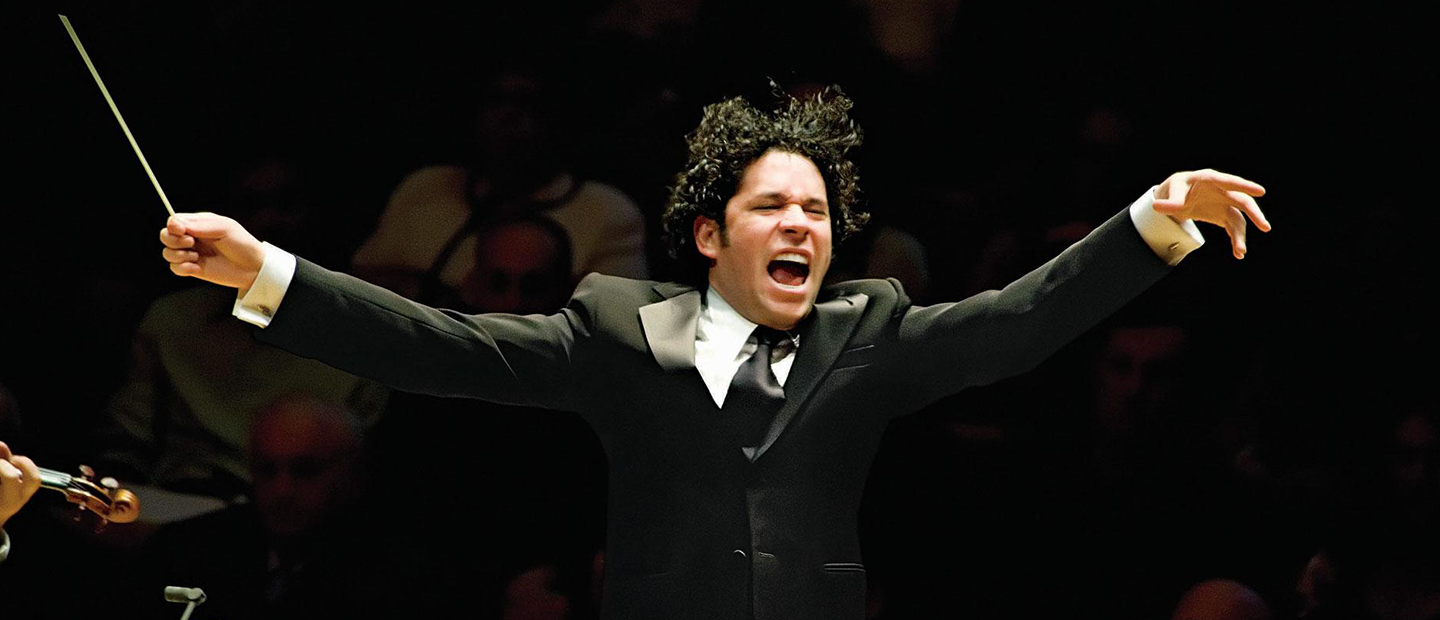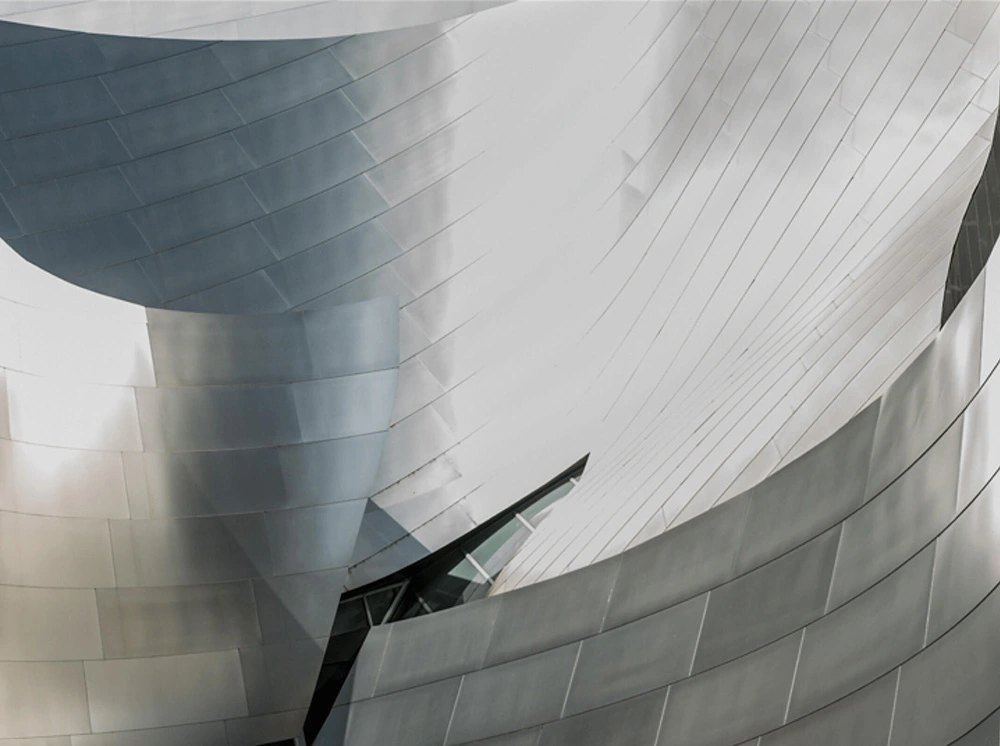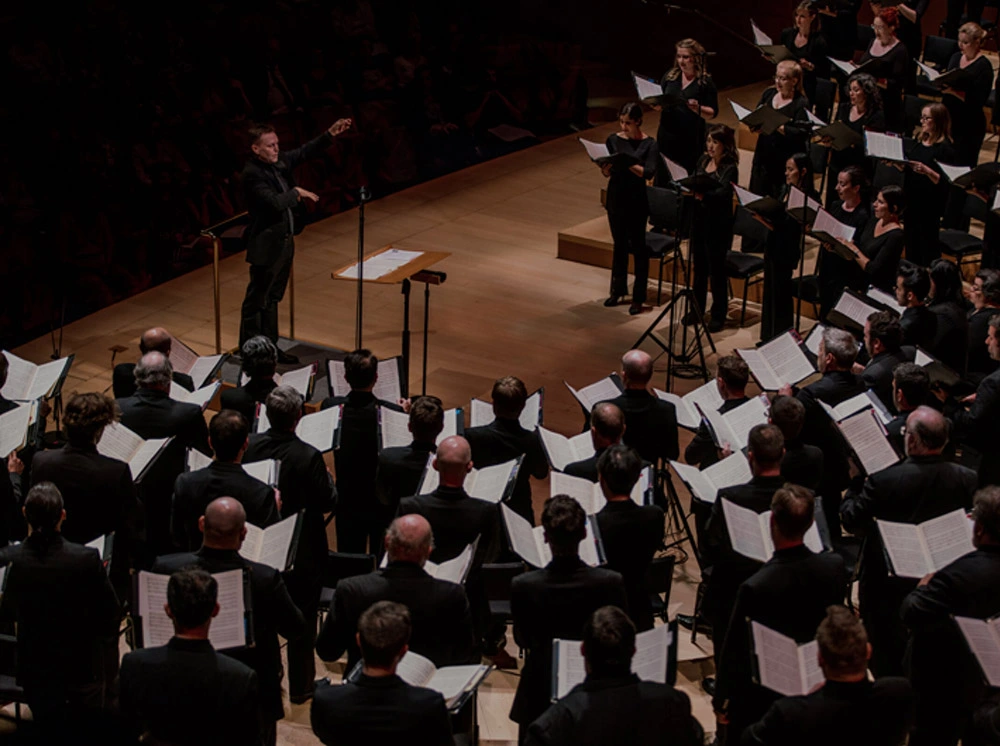
LA Phil: Janácek’s Glagolitic Mass
May 26, 2017 - May 28, 2017
Video Gallery
Dudamel’s partnership with the astonishing Yuja Wang for Bartók’s three piano concertos begins with a powerhouse program that includes arresting choral works by two of the Hungarian composer’s contemporaries. Although all three composers were born in the 19th century and flourished outside the German/Austrian mainstream, each one was destined to make an indelible mark on music of the 20th century. They made extensive use of folk materials from their native lands in a distinctive way and created their own instantly recognizable styles. Their differences and similarities will be on display throughout this special cycle.
As a synthesis of methods used throughout his lifetime, including the serial procedures from his final years, Stravinsky composed a stark, intensely concentrated ritual for the dead, which was later sung at his own funeral. Although he conceived it as an instrumental work, Stravinsky eventually set selected verses from the standard Requiem for voices, framed by purely orchestral sections.
Béla Bartók began as a pianist and was so extraordinarily talented that he would be remembered today even if he hadn’t become an even more imposing composer. He produced several piano pieces in 1926, including this bold and aggressive concerto, which was the first music he wrote specifically for his appearances as a soloist with orchestras. He premiered it a year later (with Wilhelm Furtwängler conducting) and a few months after that in the U.S. (with Fritz Reiner conducting). The essence of his approach can be gleaned from his note in the score: “The percussion (including timpani) must be placed directly next to the piano (behind the piano).” In addition to using the piano exclusively as a percussion instrument, Bartók frequently used ostinatos (repeated patterns over which other music moves) to intensify the sonic energy.
The finale of this gripping program is Leoš JanáÄek’s Glagolitic Mass, a stunning and unique creation that only the 72-year-old composer could have written. With powerful language-based rhythms, wild passages for pipe organ, thunderous brass outbursts and much more, this life-affirming work reflects his unorthodox vision of a Mass being celebrated in nature within a forest cathedral with star-capped treetops as candles.
Programs, artists, dates, prices and availability subject to change.
As a synthesis of methods used throughout his lifetime, including the serial procedures from his final years, Stravinsky composed a stark, intensely concentrated ritual for the dead, which was later sung at his own funeral. Although he conceived it as an instrumental work, Stravinsky eventually set selected verses from the standard Requiem for voices, framed by purely orchestral sections.
Béla Bartók began as a pianist and was so extraordinarily talented that he would be remembered today even if he hadn’t become an even more imposing composer. He produced several piano pieces in 1926, including this bold and aggressive concerto, which was the first music he wrote specifically for his appearances as a soloist with orchestras. He premiered it a year later (with Wilhelm Furtwängler conducting) and a few months after that in the U.S. (with Fritz Reiner conducting). The essence of his approach can be gleaned from his note in the score: “The percussion (including timpani) must be placed directly next to the piano (behind the piano).” In addition to using the piano exclusively as a percussion instrument, Bartók frequently used ostinatos (repeated patterns over which other music moves) to intensify the sonic energy.
The finale of this gripping program is Leoš JanáÄek’s Glagolitic Mass, a stunning and unique creation that only the 72-year-old composer could have written. With powerful language-based rhythms, wild passages for pipe organ, thunderous brass outbursts and much more, this life-affirming work reflects his unorthodox vision of a Mass being celebrated in nature within a forest cathedral with star-capped treetops as candles.
Programs, artists, dates, prices and availability subject to change.
Dudamel’s partnership with the astonishing Yuja Wang for Bartók’s three piano concertos begins with a powerhouse program that includes arresting choral works by two of the Hungarian composer’s contemporaries. Although all three composers were born in the 19th century and flourished outside the German/Austrian mainstream, each one was destined to make an indelible mark on music of the 20th century. They made extensive use of folk materials from their native lands in a distinctive way and created their own instantly recognizable styles. Their differences and similarities will be on display throughout this special cycle.
As a synthesis of methods used throughout his lifetime, including the serial procedures from his final years, Stravinsky composed a stark, intensely concentrated ritual for the dead, which was later sung at his own funeral. Although he conceived it as an instrumental work, Stravinsky eventually set selected verses from the standard Requiem for voices, framed by purely orchestral sections.
Béla Bartók began as a pianist and was so extraordinarily talented that he would be remembered today even if he hadn’t become an even more imposing composer. He produced several piano pieces in 1926, including this bold and aggressive concerto, which was the first music he wrote specifically for his appearances as a soloist with orchestras. He premiered it a year later (with Wilhelm Furtwängler conducting) and a few months after that in the U.S. (with Fritz Reiner conducting). The essence of his approach can be gleaned from his note in the score: “The percussion (including timpani) must be placed directly next to the piano (behind the piano).” In addition to using the piano exclusively as a percussion instrument, Bartók frequently used ostinatos (repeated patterns over which other music moves) to intensify the sonic energy.
The finale of this gripping program is Leoš JanáÄek’s Glagolitic Mass, a stunning and unique creation that only the 72-year-old composer could have written. With powerful language-based rhythms, wild passages for pipe organ, thunderous brass outbursts and much more, this life-affirming work reflects his unorthodox vision of a Mass being celebrated in nature within a forest cathedral with star-capped treetops as candles.
Programs, artists, dates, prices and availability subject to change.
As a synthesis of methods used throughout his lifetime, including the serial procedures from his final years, Stravinsky composed a stark, intensely concentrated ritual for the dead, which was later sung at his own funeral. Although he conceived it as an instrumental work, Stravinsky eventually set selected verses from the standard Requiem for voices, framed by purely orchestral sections.
Béla Bartók began as a pianist and was so extraordinarily talented that he would be remembered today even if he hadn’t become an even more imposing composer. He produced several piano pieces in 1926, including this bold and aggressive concerto, which was the first music he wrote specifically for his appearances as a soloist with orchestras. He premiered it a year later (with Wilhelm Furtwängler conducting) and a few months after that in the U.S. (with Fritz Reiner conducting). The essence of his approach can be gleaned from his note in the score: “The percussion (including timpani) must be placed directly next to the piano (behind the piano).” In addition to using the piano exclusively as a percussion instrument, Bartók frequently used ostinatos (repeated patterns over which other music moves) to intensify the sonic energy.
The finale of this gripping program is Leoš JanáÄek’s Glagolitic Mass, a stunning and unique creation that only the 72-year-old composer could have written. With powerful language-based rhythms, wild passages for pipe organ, thunderous brass outbursts and much more, this life-affirming work reflects his unorthodox vision of a Mass being celebrated in nature within a forest cathedral with star-capped treetops as candles.
Programs, artists, dates, prices and availability subject to change.



